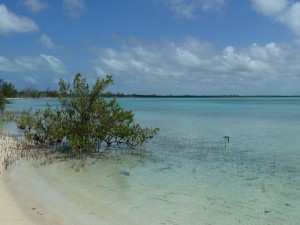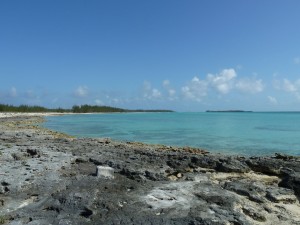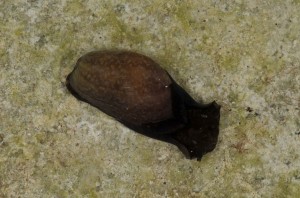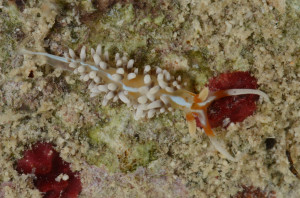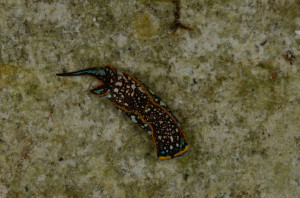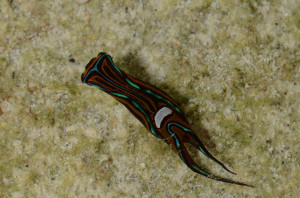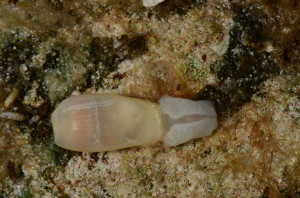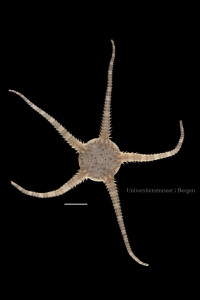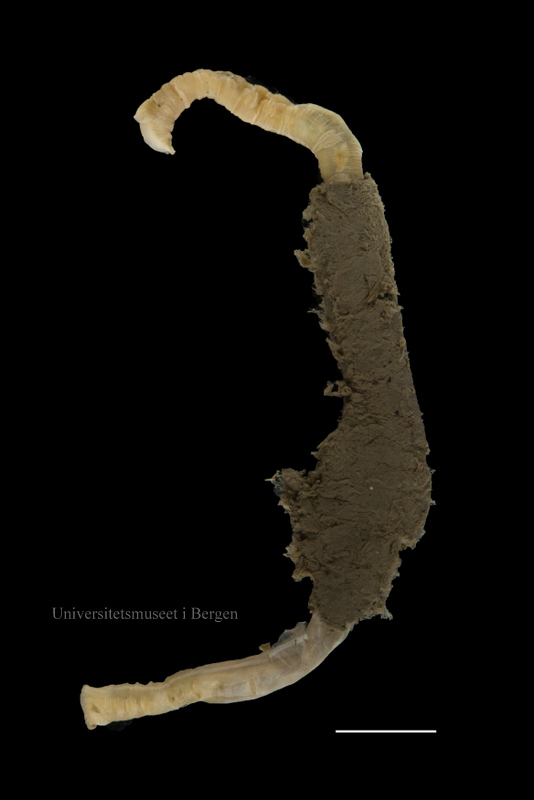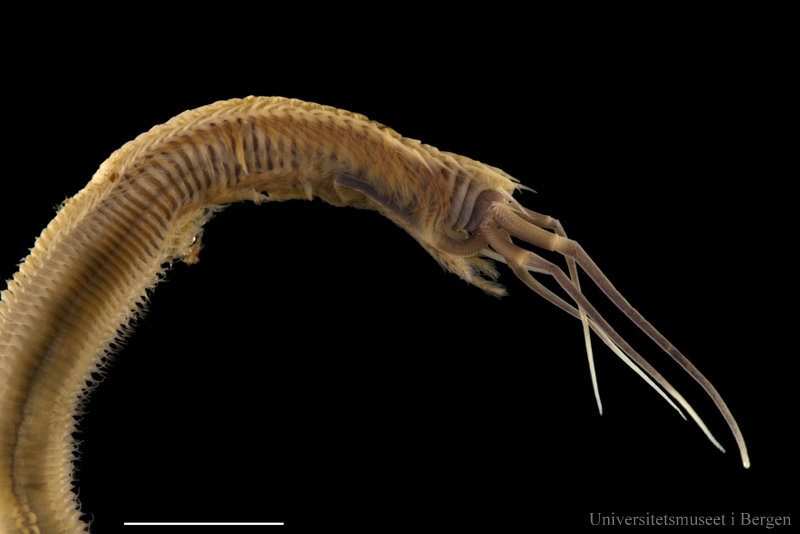Recent research has showed that something is going on in the Bahamas! Even when specimens from these islands look pretty much alike its “con-specifics” from other parts of the Caribbean region, they show considerable genetic divergence. Likely ecological and/or oceanographic processes are limiting gene-flow between the Bahamas and nearby islands accelerating the rate of speciation.
At the University Museum we want to understand the “entrails” of these processes and therefore we headed to sunny Bahamas for a two-weeks fieldtrip in Eulethera I. Seventeen specimens of opisthobranchs gastropods have been collected and two populations of our model-species, the cephalaspidean Bulla occidentalis, were found inside closed ponds lined by mangroves and limestone. These ponds are very special habitats completely enclosed and only communicating with the ocean by submarine outlets or through the porosity of the limestone rock and can be considered “islands inside islands”.
DNA will be soon extracted from specimens of the two populations of Bulla occidentalis and compared with that of other populations throughout the tropical West Atlantic from Brazil to Bermuda. This will help understanding processes of historical biogeography and speciation in the highly complex Caribbean region.

